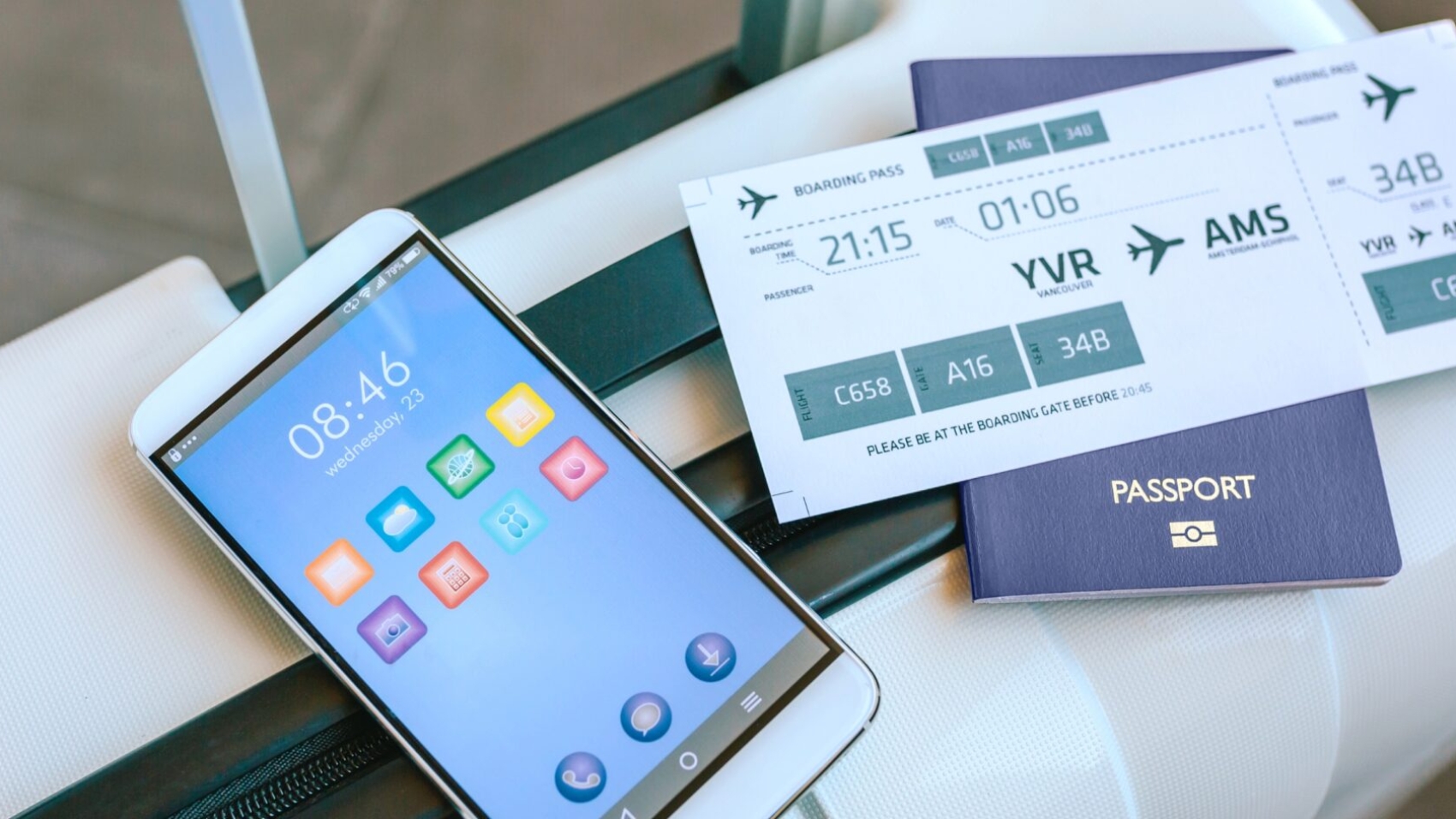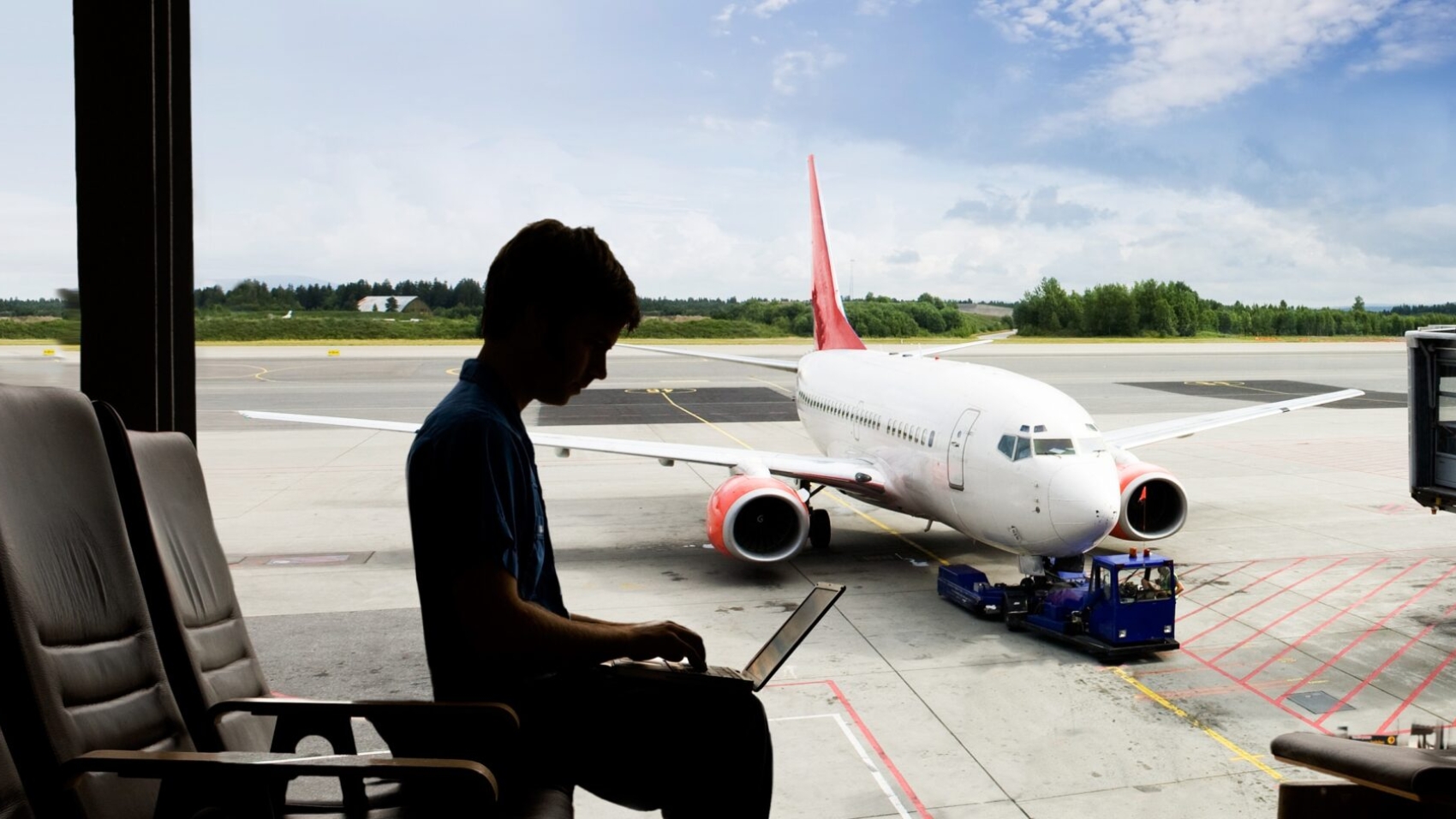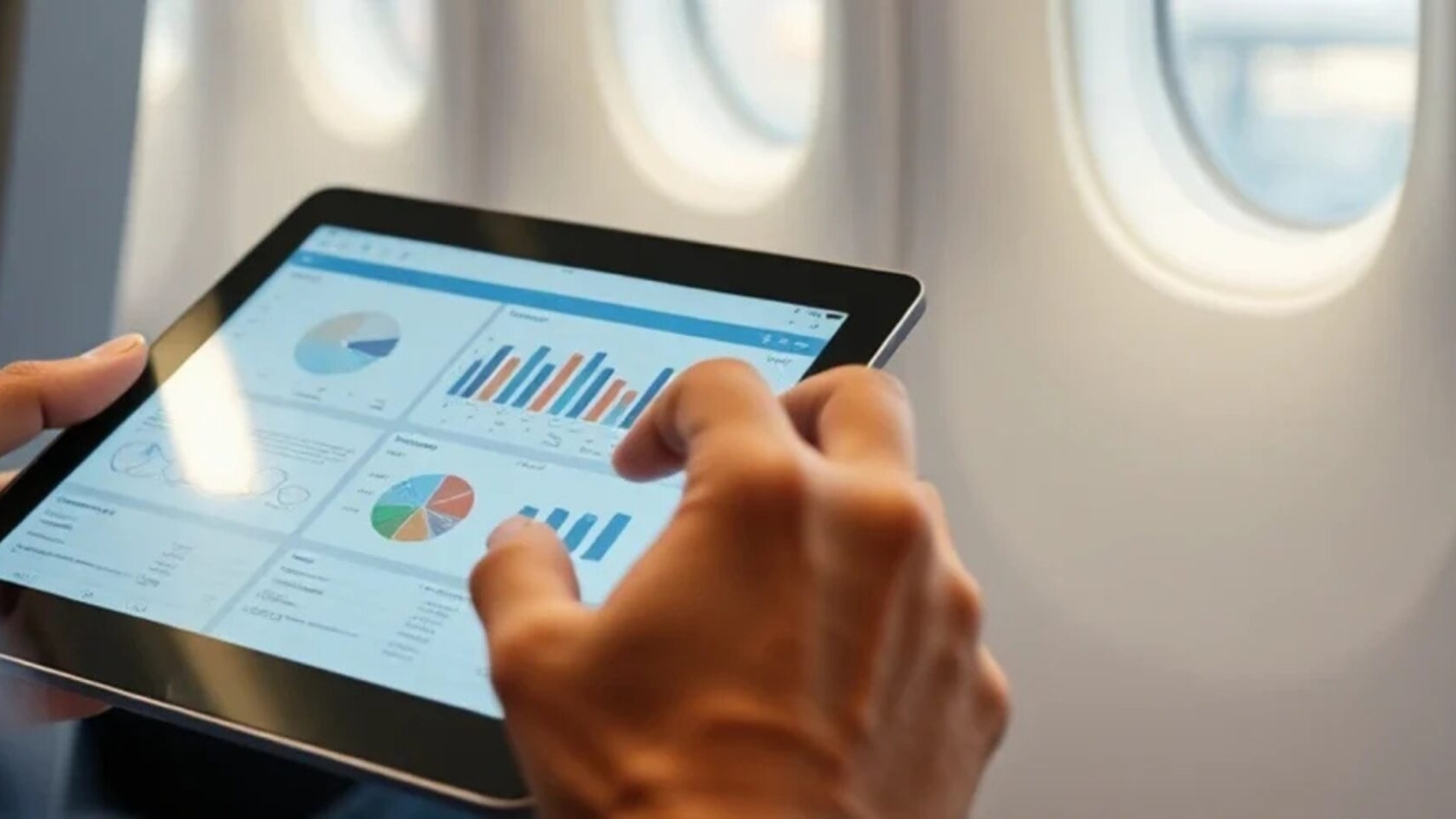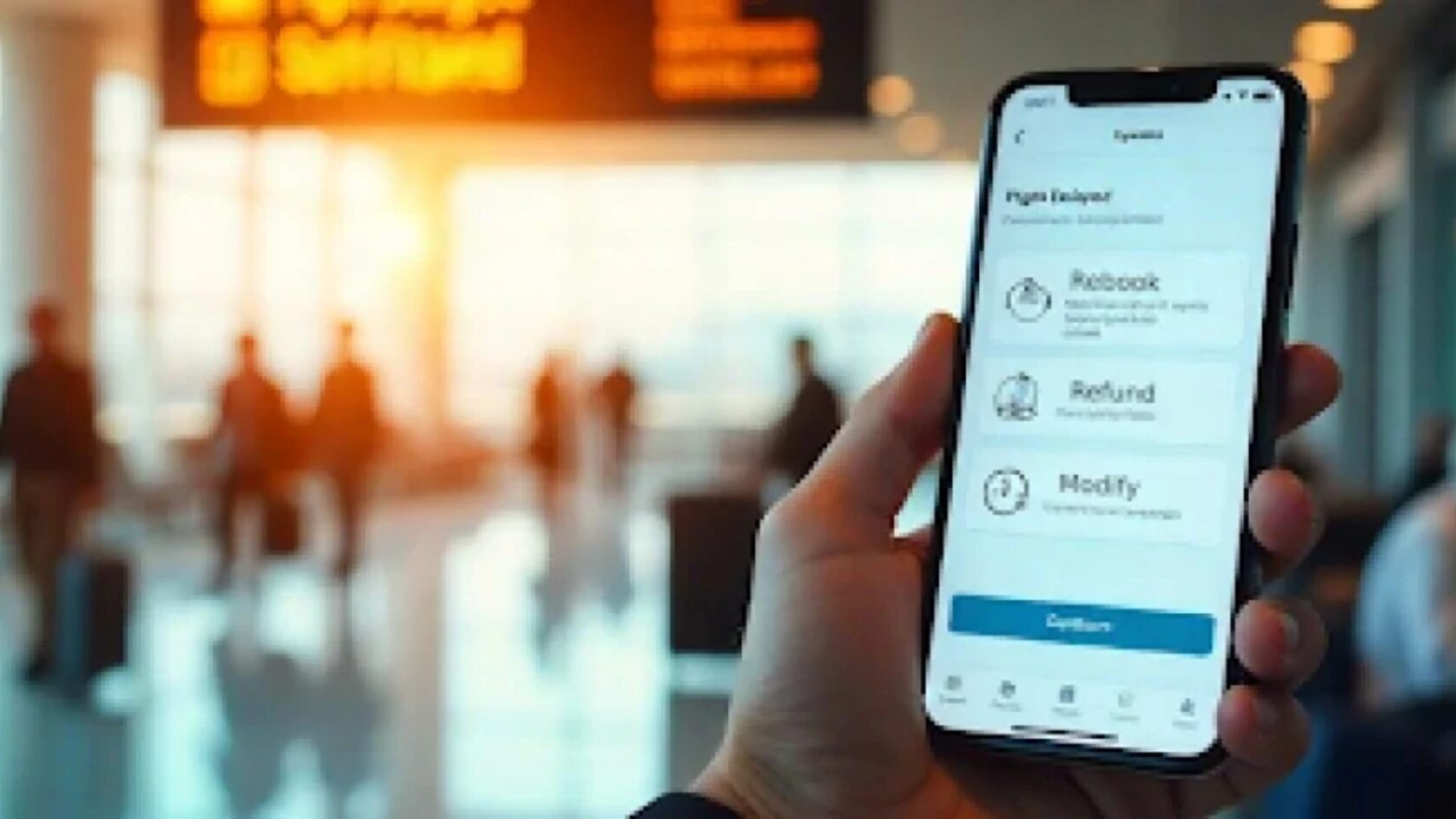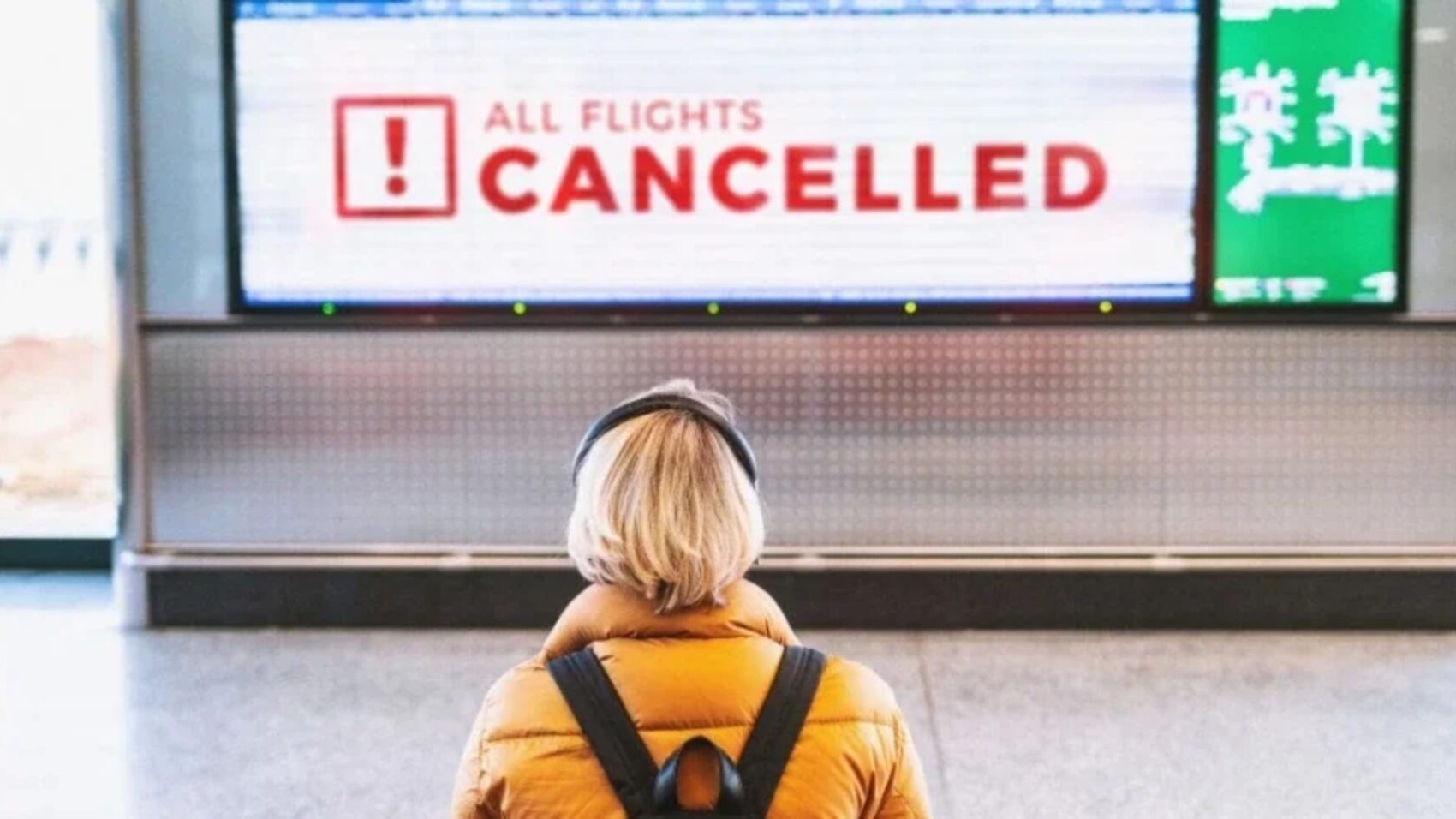When a flight is cancelled or gets drastically delayed, the airline is in a moment of truth. Choices made in those initial minutes don’t merely establish recovery costs of operations—they define perceptions by passengers, the future behaviors of bookers, and can fortify or destroy customer relationships irreparably.
But even with rich passenger data and sophisticated analytics tools at their fingertips, most airlines fall back on the same canned response: a generic voucher, a generic apology, and a hope that customers will take whatever rebooking is offered. This one-size-fits-all response isn’t just antiquated—it’s actually harming your airline’s competitive standing and long-term profitability.
At VoyagerAid, we’ve analyzed millions of disruption scenarios across our airline partners, and the data tells a compelling story: personalized passenger rebooking and accommodation consistently outperform generic vouchers across every metric that matters to airline success.
Key Takeaways
- Generic vouchers are outdated: They create hidden costs, frustrate passengers, and weaken loyalty
- Personalization drives quantifiable outcomes: Automated rebooking and compensation systems in airlines result in increased acceptance rates, fewer escalations, and increased loyalty.
- Fact-based disruption management is the key: Smart airline passenger compensation management aligns offers with passenger value and expectations.
- Operational effectiveness is enhanced: Quicker resolution translates into lower customer service burden and lower total disruption cost.
- Airlines build competitive advantage: Passengers increasingly opt and remain loyal to airlines that manage disruptions empathetically and personally.
What is Personalized Rebooking?
Personalized rebooking occurs when airlines utilize passenger information (such as travel history, loyalty status, purpose of trip, or preferences) to present personalized re-accommodation opportunities during disruptions. Rather than providing every passenger with the same voucher, the system harmonizes offers—such as alternative flights, lounge privileges, hotel nights, or meal vouchers—with what each traveler really wants.
What is Automated Airline Compensation Management?
Automated airline compensation management involves the application of software platforms that process refunds, vouchers, re-accommodation, and passenger compensation automatically without manual intervention. Such tools make airlines compliant with passenger rights regulations, minimize delays in compensation, and enhance efficiency at a lower cost.
In combination, they enable airlines to convert disruptions into chances to keep passengers, save on costs, and foster loyalty.
The Hidden Costs of Generic Disruption Management
Before diving into the benefits of personalization, it’s crucial to understand what generic voucher systems are actually costing your airline:
Customer Acquisition vs. Retention Economics
Acquiring a new customer costs airlines 5–7 times more than retaining an existing one. Yet generic voucher systems treat your most valuable frequent flyers the same as occasional travelers, often driving high-value customers to competitors during their most vulnerable moments.
Revenue Leakage
Generic vouchers are most often established at fixed levels that either over-pay low-value customers or under-pay high-value customers. This misfit generates unnecessary expense without keeping the revenue-driving passengers.
Operational Inefficiency
When passengers don’t like generic deals, they use more customer service time, make more complaints, and frequently need extra compensation—doubling the initial disruption cost.
Brand Perception Impact
In a time when customers anticipate personalized experiences on all touchpoints, generic offers during disruptions indicate that your airline does not care about or comprehend individual customer relationships.
The Power of Personalized Rebooking: Real Data, Real Results
VoyagerAid’s advanced automated rebooking and compensation technology takes into account more than 200 passenger data points to generate personalized offers on the ground. The results are for themselves:
73% Higher Acceptance Rates
When travelers are offered personalized rebooking that is tailored to their travel habits, likes, and loyalty status, they accept the initial offer 73% more than generic vouchers.
45% Decrease in Customer Service Escalations
Personalized offers directly resolve issues, decreasing the chances for complaints and escalation.
60% Enhancement in Post-Disruption Loyalty Scores
Travelers who are treated to personalized disruption management have much greater loyalty scores and future booking intention than travelers who are treated to generic treatment.
How VoyagerAid transforms Disruption Management
VoyagerAid is far more advanced than mere voucher calculations with airline passenger compensation management solutions built to deliver efficiency and loyalty:
Advanced Passenger Profiling – examining history, loyalty status, and behavior.
Dynamic Offer Optimization – optimizing offers using airline compensation management software aligned to passenger value.
Real-Time Alternative Analysis – assessing partner airlines, connections, and accommodation requirements.
Proactive Communication Integration – presenting customized rebook and accommodation alternatives via favorite mediums.
The Competitive Edge of Smart Disruption Management
Airline customers of VoyagerAid’s air passenger compensation management solution report:
- Revenue Protection via enhanced passenger retention.
- Operational Efficiency with reduced resolution times.
- Brand Differentiation by managing disruptions more competently than the competition.
- Data-Driven Insights driving ongoing improvement.
Beyond Vouchers: Designing Memorable Recovery Experiences.
The most progressive airlines are shifting from perceiving disruptions as issues to be fixed, instead seeing them as a chance to showcase top-notch service. With rebooking and compensation software, airlines can:
- Create value out of inconvenience (e.g., upgrades, lounge visits, meal vouchers).
- Strengthen emotional bonds with frustrated passengers.
- Create positive word-of-mouth from recovery experiences.
The Future of Airline Customer Relations
As expectations increase, winning airlines will be those that use disruptions as high-stakes moments of loyalty. Voucher systems treat them as cost centers; passenger compensation management software for airlines treats them as chances to provide customized value.
VoyagerAid allows airlines to turn frequent disruptions into opportunities for building loyalty through passenger rebooking and accommodation systems that are rapid, equitable, and customer-centric.
Ready to Reinvent Your Disruption Management?
The evidence is unequivocal: personalized rebooking offers produce better outcomes in every measurement that’s important to airline success. The question isn’t whether or not personalization is effective—it’s whether your airline can afford to stick with one-size-fits-all practices as others reap benefits with smart disruption management.
VoyagerAid’s customized rebooking system has enabled airlines to turn millions of potential customer service catastrophes into loyalty-generating experiences. Our customers don’t only experience enhanced operational statistics—they experience more robust customer relationships, improved brand equity, and enduring competitive advantage.
In an era where customer satisfaction and operational excellence become increasingly inextricable, it will be the airlines that successfully master individualized disruption management that customers will opt for when they have options—and that they remain loyal to when difficulties appear.
Ready to learn how tailored rebooking can revolutionize your airline’s disruption management? Reach out to VoyagerAid today to arrange a demo of our smart rebooking solution and learn how top airlines are making flight disruptions into competitive strengths.

